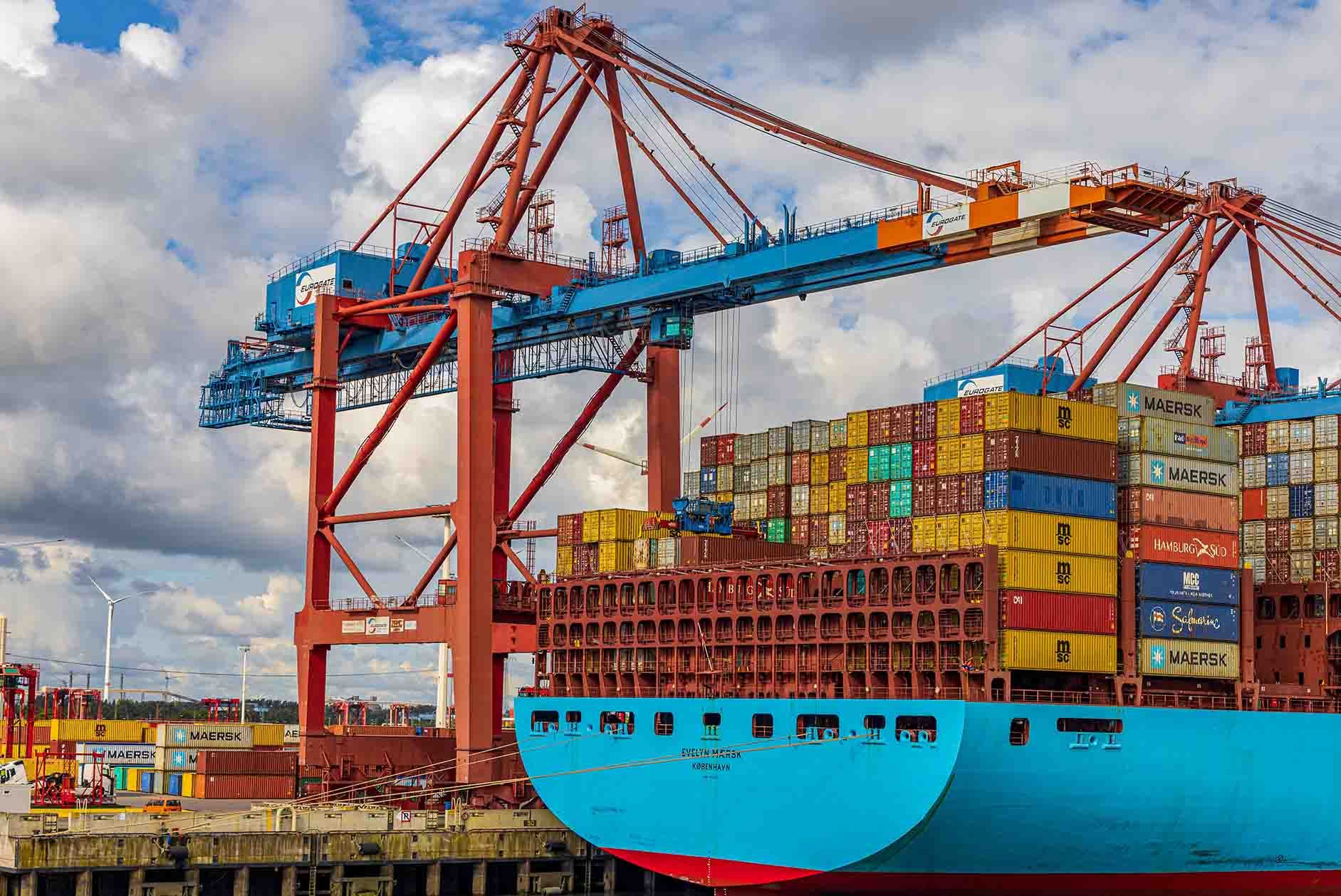BLOG
Telecom26 blog
Maritime connectivity and the global shipping industry

We have also discussed the adoption of new technologies such as smart shipping containers and the need for maritime connectivity to enable these in this previous blog. As part of the move to smart containers, Telecom26’s maritime connectivity experts also recommend installing a Telecom26 IoT SIM card within each container that could connect to our global and maritime connectivity network. This would enable the location of any lost container to be easily tracked – and much more.
However, this recent piece in The Economist America’s logistics boom has turned to bust paints a less rosy picture of the global shipping industry as “a pandemic-era frenzy of hiring and investment has gone into reverse”.
According to The Economist, “beginning in 2020 lavish stimulus cheques, combined with a lockdown-induced squeeze on services spending, led American consumers to splurge on goods. Appliances, cars and furniture clogged up ports, warehouses and truck depots. Online deliveries surged as shoppers shunned stores, adding to demand.
As consumers groaned over lengthy delays, revenues in the logistics industry soared, increasing by roughly a third between the start of 2020 and mid-2022, according to America’s Census Bureau. Firms in the industry hired 1m workers and built 1.8bn square feet (nearly three Manhattans) of new storage space on hopes that the frothiness would continue”.
However, that boom is now over as “consumers are trading the material for the experiential, opting to splash out on holidays and hospitality rather than Hoovers”.
The result is that “the volume of goods flowing through American ports in July was 14% lower than in the same month last year” with prices falling on the cost of shipping by land and sea whilst “troubles with unions are adding to the industry’s headache. Earlier this year dockworkers at several west-coast ports went on strikes linked to pay negotiations”.
As the industry continues to tackle its many issues, the maritime connectivity team at Telecom26 continues to work with our customers in the shipping industry to improve and enhance their connectivity on-water, in-port and in-land.
Telecom26, maritime connectivity and global connectivity
Telecom26 provides maritime connectivity solutions to ports and shipping companies around the world to improve the communications which help connect, monitor and track their ships, and the people and containers on-board, as they make their way around the world
Global shipping carriers which want to manage the entire shipment and delivery process of goods through connectivity, cloud computing traceability, monitoring, smart sensors - and smart containers.
Key to this digital transformation is on-board IoT which allows the information about the container and its contents which has been gathered by sensors to be transmitted to both the crew - and remotely to the shipping line and owners of the container’s contents.
And for IoT in shipping to be effective, fast and always-on maritime connectivity which enables information sharing in real-time is necessary.
Satellite has traditionally been the connectivity tool of choice for the shipping industry.
However, these days most maritime cellular communication networks can provide coverage up to 40km/25 miles out to sea (without a guaranteed QoS). As most vessels tend to spend their time in-port or hugging the coast, cellular can almost always be used for both voice and data maritime connectivity.
However, the major problem with the conventional approach to maritime connectivity is that SIMs from traditional MNOs cannot guarantee connectivity to any available network – they will default to the preferred set of roaming partners of the MNO. In remote regions, the primary partner may not offer coverage, so connectivity may be lost.
That’s not the case with our SIMs. With the specific goal of improving maritime connectivity, Telecom26 has a multi-pronged approach:
- The widest set of roaming and connectivity partners
With more than 1100 network connectivity options available, we offer truly global coverage and our steering means that SIMs are connected to whichever network offers the best connectivity.
- Multi-IMSI global SIM cards which enable Global Roaming.
We also support Multi-IMSIs, which enable one SIM to access multiple networks both in-country and across borders thus removing the need to worry about the coverage of a single MNO, or the gaps in roaming alliances. Multiple-IMSI profiles are pre-loaded onto every SIM allowing for simple reconfiguration if the primary network has poor or no service.
Our Multi-IMSI global SIMs can automatically select the best performing network in the area, cross-border, while providing users with the freedom to change SIM profiles and services with ease.
When a vessel is travelling along the coast or anchored at port, the SIMs would use the best available cellular network and switch to satellite only when absolutely necessary.
- A multi-SIM router hosting SIMs with multi-IMSI feature, enables ship-wide Wi-Fi on which crew can use their personal and business devices. No more bill shock for any of them when they return home.
The Telecom26 maritime connectivity offering can combine both a full mobile private network at sea as well as a nearshore offering in order to provide contiguous mobile coverage at the lowest cost available.
In addition, always-on connectivity in-land is of increasing importance to shipping companies as new ports are built inland which is something we discussed in this blog Inland ports and rivers – shipping companies need connectivity on-land as well as maritime connectivity.
Would you like to learn more?
To learn more about Telecom26’s suite of IoT maritime connectivity services please get in touch.



